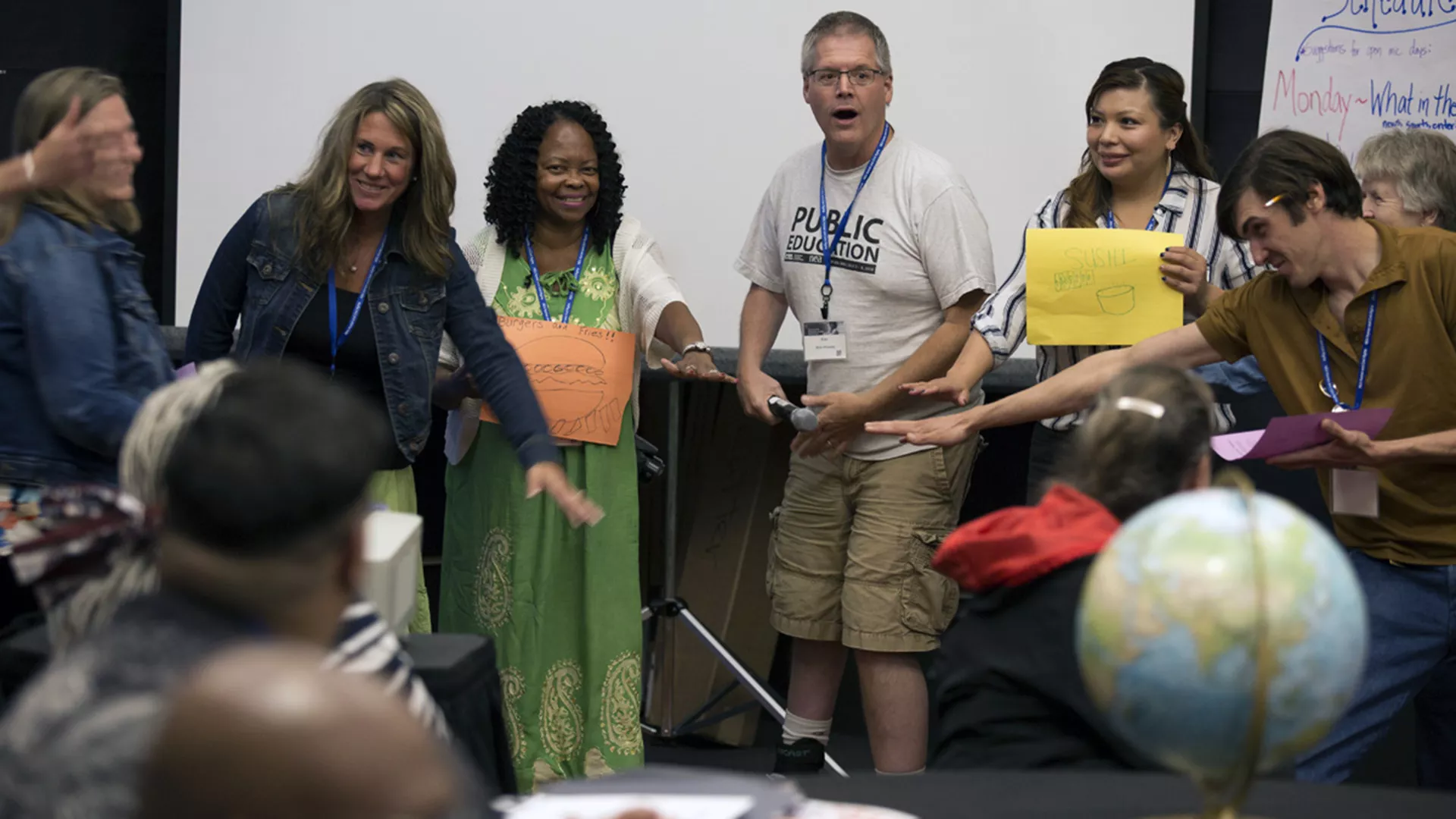
It takes time to build a good relationship—to create trust and develop the sort of collaboration that allows a group of like-minded individuals to meet their goals. The same holds true when district leaders, unions and associations, parents, and school boards work together. More importantly, when these entities work together, student achievement goes up, the school climate improves, teacher retention gets better, and educators view their principals and association representatives as strong resources within their school. Decades of research support this truth.
But all of these gains have a starting point. The National Labor Management Partnership—an organization that brings together leaders from The School Superintendents Association, American Federation of Teachers, National School Boards Association, and NEA—is that beginning. Last December, the group announced a national Call to Action to collaborate around student-centered goals.
By working together on collaborative projects, education stakeholder teams around the country have begun to address some of education’s most challenging issues: achievement gaps, discipline policies, new teacher induction, peer assistance, and scheduling. Others have started with smaller, more immediate needs. More important than which issue these teams choose to work on is the act of intentionally choosing to work together, and expansion of the decision-making table to include those who are closest to the students and know their needs best.
The New Jersey Education Association (NJEA) works with others—in 13 pilot school districts, comprising 59 schools serving more than 35,000 students—to encourage greater collaboration among administrators, educators, and union officials.
“NJEA has joined with our state school boards association and state administrators’ associations to foster district and school level collaboration, and we have seen some incredible outcomes for students, our members, and our association,” says NJEA President Marie Blistan. “Decisions and processes that have been typically in the hands of administration, like strategic planning, grad- ing equity, and exam coordination are now shared with our members. And, by sharing in the decision-making, our building reps and local presidents are seen as greater professional resources among our members.”



